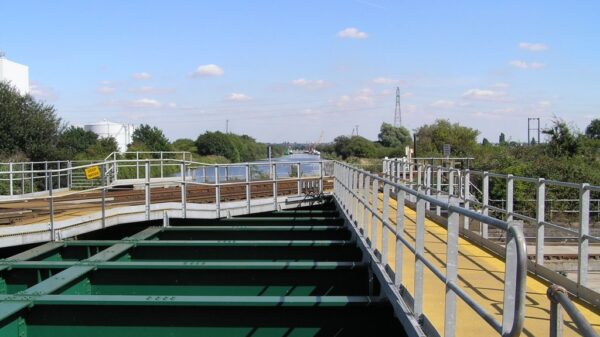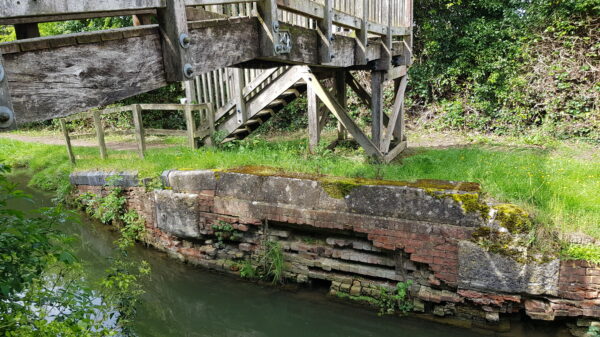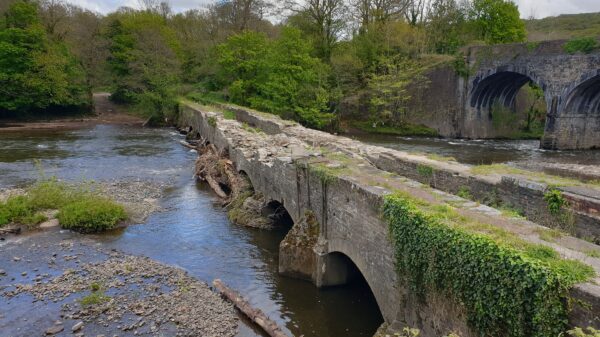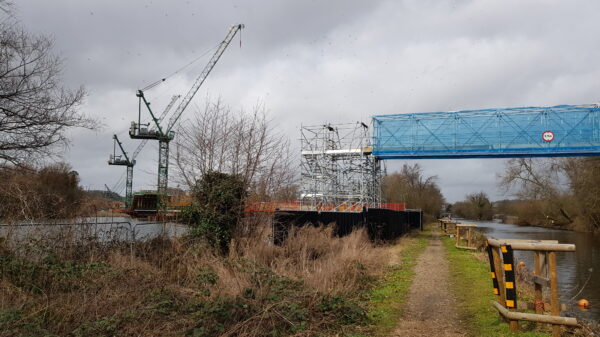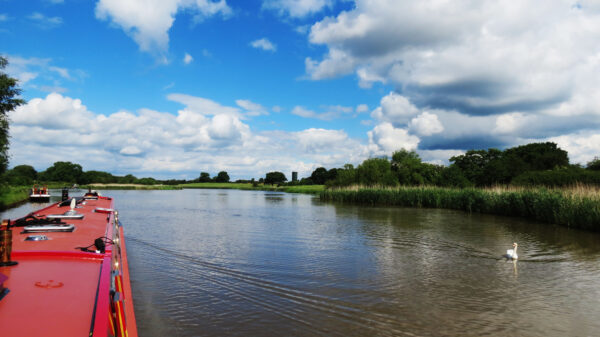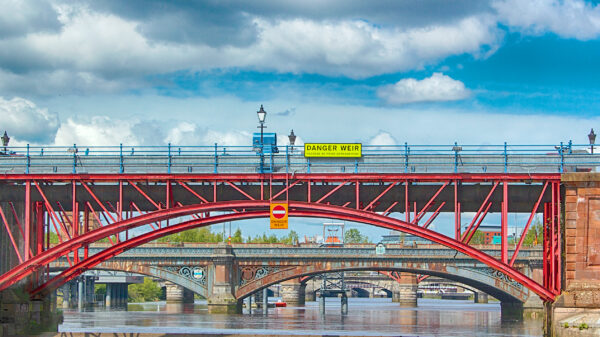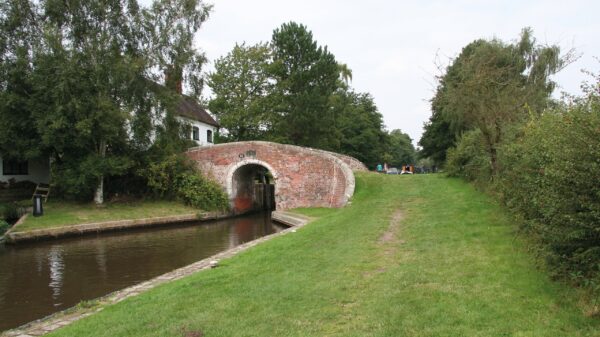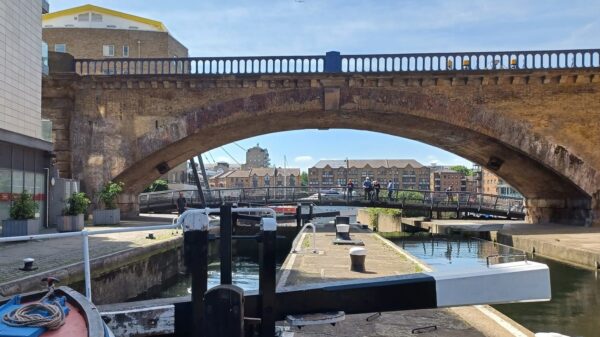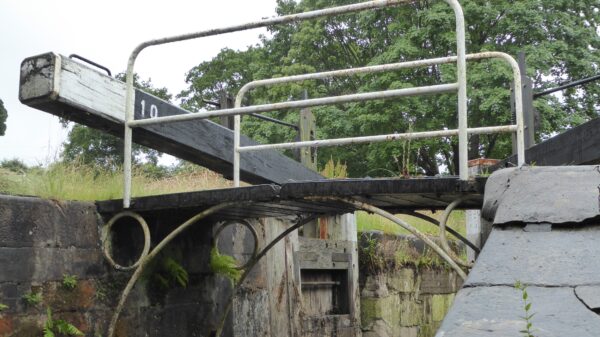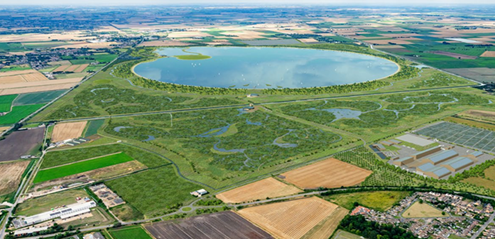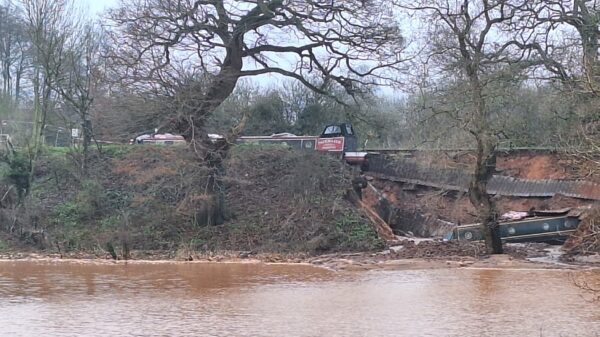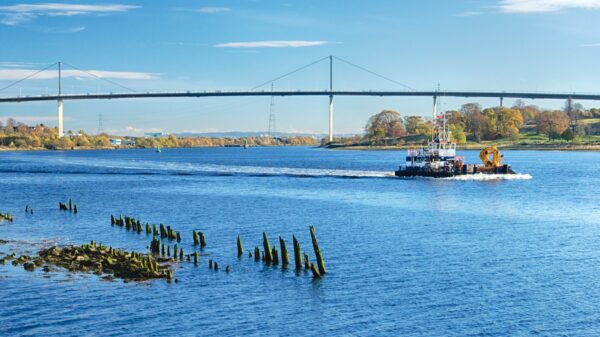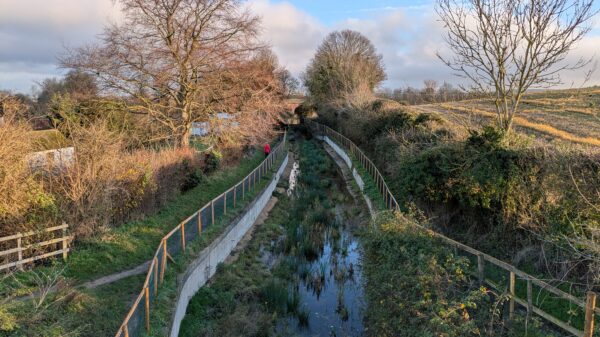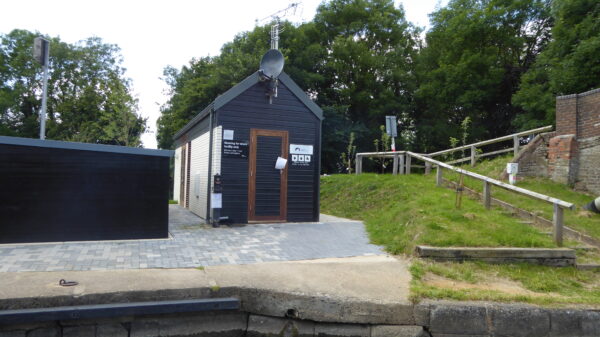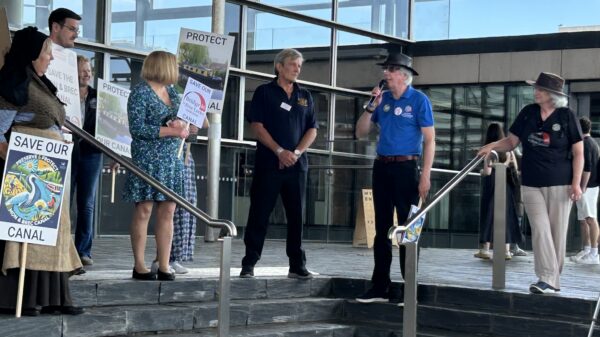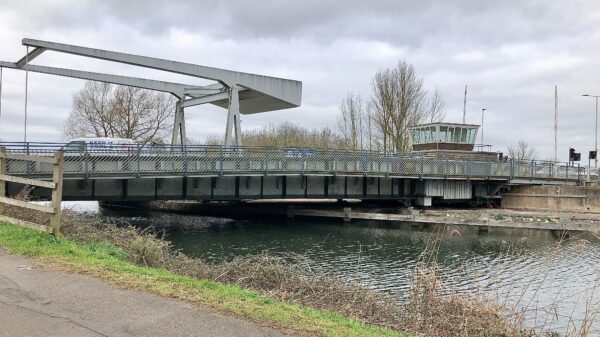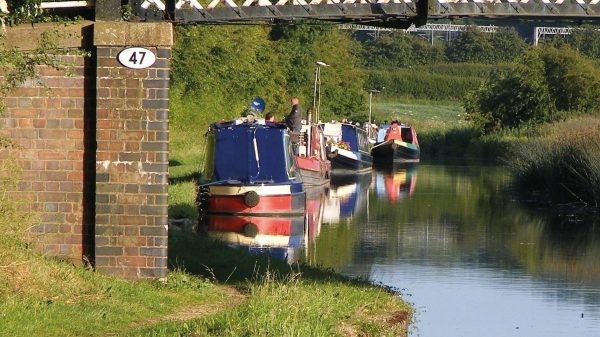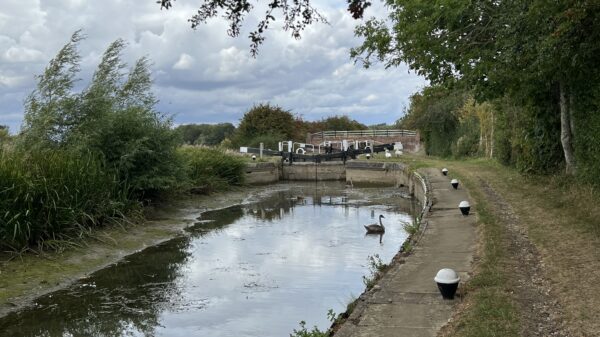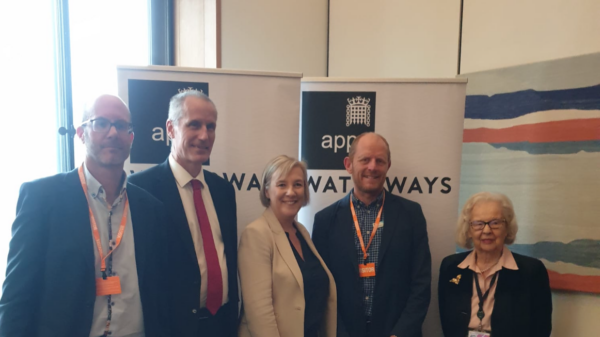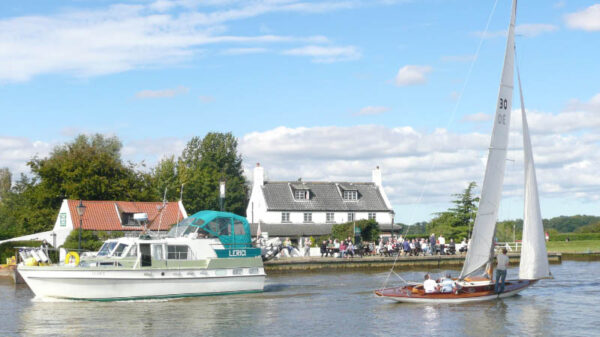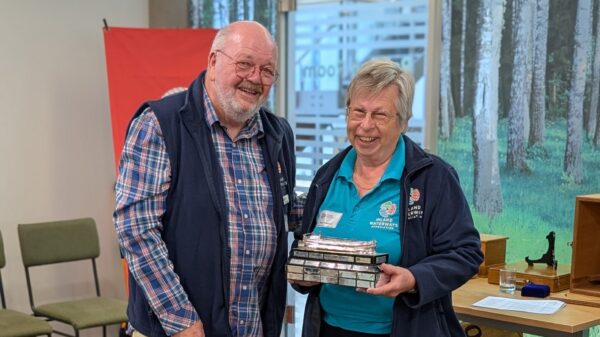A major aim of the reforms is to increase the rate of house building by changes to the planning system, including a mandatory housing-need assessment method, and designation of parts of the Green Belt as ‘grey belt’ where development will be permitted.
Whilst canalside redevelopment of ‘brownfield’ sites in built-up areas is usually beneficial to the waterways, major built developments in the countryside that destroy the rural environment of waterways can damage their heritage setting, wildlife, tourism value and economic benefits. This is particularly so in Green Belt areas which are designated primarily to prevent urban sprawl, promote urban regeneration, and safeguard the countryside.
IWA’s response is critical of the Green Belt and the ‘grey belt’ proposals, and the general approach of blaming the local planning system for failures of the house building market. There are many other detailed changes that IWA has commented on including ‘sustainable’ development, the control of major housebuilders over housing market supply, and ‘affordable’ housing. IWA also expressed concerns about the landscape impacts of increasingly large wind turbines being built onshore, and a preference for rooftop solar rather than large scale solar farms on agricultural land.
Some of the consultation questions provided opportunities to promote better recognition by the planning system of the needs for residential boat moorings provision, the potential for water transfer by canals, reduced planning application fees for canal restoration charities, recognition of the tourism value of waterways, and new and updated canal Conservation Areas. A detailed response about waterways freight was also included, as an appendix.
IWA’s comments on residential boats were:
Another group of people totally ignored by the National Planning Policy Framework is residential boaters. The canals and navigable rivers are home to tens of thousands of people living full-time on boats. These include static houseboat residents, ‘liveaboard’ boaters on river cruisers and canal narrowboats that spend much of their time moored in marinas or on linear off-side canal berths, and waterborne travellers licenced by Canal & River Trust as ‘continuous cruisers’. In the absence of any planning guidance, there is a troubling neglect and inconsistency in local plans and the response of local planning authorities to planning applications for the provision of residential boat moorings. Some councils allow marinas to include residential berths, many simply ignore the issue, but others specifically exclude it by policy or conditions. Living afloat is widespread and increasing, and local planning authorities with inland waterways in their areas should be required by the National Planning Policy Framework to assess and make appropriate provision for this as an integral part of their housing provision. Such allocations should take account of the locational restrictions on provision of residential moorings compared with ‘bricks-and-mortar’ properties, of the lesser landscape impacts of low-profile boats compared with buildings, and of the need and ability of boats to move to access services.
For more information, see the IWA Policy on Residential Boating at: https://waterways.org.uk/about-us/library
IWA would welcome an opportunity to contribute to suitable guidance for inclusion in the National Planning Policy Framework revision.
IWA’s full submission to the consultation is here.
Read the Government’s consultation, which explains the questions being responding to.



